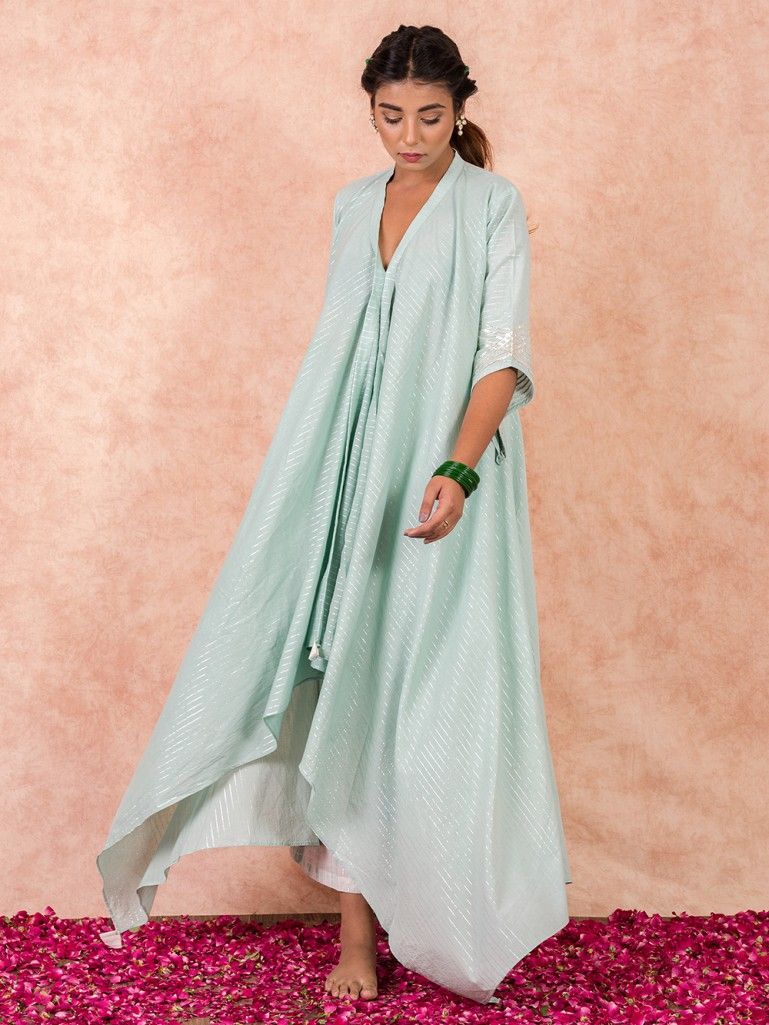EMPOWER LOCAL BUSINESSES AND CRAFTSMEN WITH ETHICAL FASHION SUSTAINABILITY
Sustainability comes from a responsive way of living, preserving, and enduring eco-friendly lifestyle. It is realizing the significance of sustainable living and creating a better future for tomorrow’s generation. In the current scenario, you will find plenty of brands using this terminology printed onto every tag and article to promote the brand’s visual awareness. But how many of those ensure credibility and not merely a fancy tag?
Hence, rather than just being a fancy tag, we better understand our responsibility and promote sustainability. First, it starts at home, followed by the business, and it does not have to be grand. You can start by encouraging small local businesses, making the local artisan’s life better.
HOW TO ADOPT A SUSTAINABLE LIVELIHOOD?
- Recycle! – organic and beneficial.
- Heirloom adequacy! – natural resources.
- Less is more! – Basic but quality buying.
- Authentic buys! – Small industries.
- Mindful Living! – Rebuy or give away.
EMPOWERING CRAFTSMEN AND THEIR WORK
Before brands with cheap mass production took place, it was the Indian heritage that contributed a majority portion towards a sustainable lifestyle for centuries. Our cultural embroideries incorporated organic practice routines.
The best way to practice sustainability in today’s world is by investing in quality organic apparel featuring traditional embroideries and embellishments. The Loom presents you with a few sustainable artforms that empower sustainable brands and artisans.
SUSTAINABLE EMBROIDERIES
KANTHA
One of the precious artforms of Bengal, Kantha, has slowly yet steadily made its way throughout the nation. It is amongst one such sustainable embroidery technique harnessed by the skilled artisans of Bengal. Under this technique, the discarded unused fabric is used by layering and patching in the best way possible. This wonderful layering, cutting, sewing, and stitching colorful running stitch can be used to make rugs, home decor, jackets, sarees, and so much more.
KALAMKARI
If you are one of those who are a die-hard fan of block printed apparels, then kalamkari prints are for you? Wondering why? Well, there are so many reasons to. Kalamkari paintings originated in Andhra Pradesh, and they used to be wall paintings that later were used as print. To produce these prints, organic dyes are used, and artisans swear by the process. The fabric is pre-treated with a hard, making it allergy-free and skin-friendly.
CHIKANKARI
Who does not know about chikankari? After all, it is the most adorned and valued embroidery loved by celebs and normal people. This unique embroidery originated from Lucknow. If speaking traditionally, the embroidery thread was of the same color as the base fabric, which resulted in a shadowy effect. Modern artisans practice this artform with variations.
SUSTAINABLE FABRICS
COTTON
We all know that one of the central sources of ethical fabrics is none other but cotton. Thanks to its eco-friendly and sustainable properties , cotton is an obvious choice for all of us. The best part of organic fabrics is that they do not need to be a part of processes that comprise chemicals or pesticides, making them a biodegradable item. Pure cotton is our all-time favorite because of its absorbent, lightweight, and breathable properties.
KHADI
Khaadi has brought along a strong sentiment and connection for decades. It symbolized self-reliance during Independence and played an essential practice in the ’20s. Locally known as Khaddar, the khadi fabric is a naturally occurring fiber and a refined variant of handspun cotton.
LINEN
Linen, sourced from flaxseed, is another excellent alternative to sustainable clothing. It is thoroughly processed through the ripping and retting technique, followed by spooning and weaving of this material. This process makes it ethical and biodegradable. Linen is summer-friendly and provides breathability.
SILK
Silk has been dated since the existence of Rigveda. The cultivation begins with feeding mulberry leaves to silkworms, thereby producing silk. It is an ethical, biodegradable, and sustainable fabric. As time has passed, so have given rise to various versions of silk blends- pure silk, raw silk, tussar silk, chanderi silk, Maheshwari silk, organza silk, and the list goes on.
